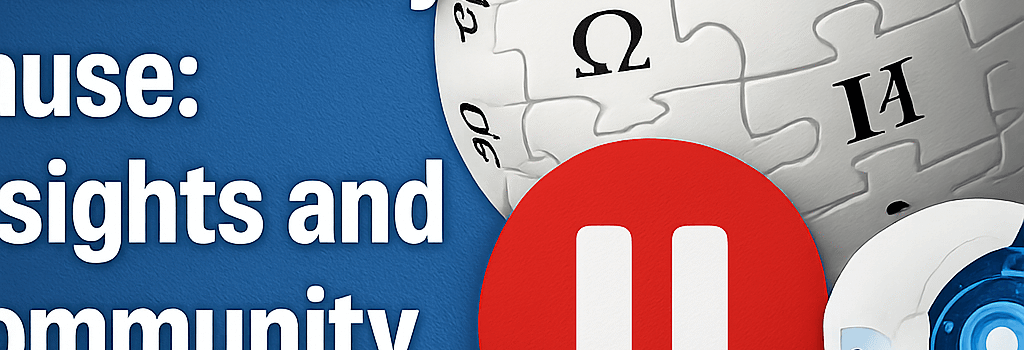Wikipedia’s AI Summary Pause: Insights and Community Reaction

Generative AI has become ubiquitous across the web, from chatbots to automated news summaries. Wikipedia—the world’s largest volunteer-edited encyclopedia—is no exception. In early June 2025, the Wikimedia Foundation began a pilot of AI-generated article summaries on its mobile site. Within days, the initiative was paused after a wave of dissent from the volunteer editor community.
Background: The AI Summaries Pilot
The pilot, known internally as “Simple Article Summaries,” launched June 2 on select articles in a collapsed widget at the top of mobile pages. Users could tap “Read summary” to expand the AI text, which was marked with a prominent Unverified badge. The goal, as outlined at Wikimedia’s 2024 annual conference, was to provide quick context for readers on the go.
“I feel like people seriously underestimate the brand risk this sort of thing has,” said one veteran editor. “Wikipedia’s brand is reliability, traceability of changes, and ‘anyone can fix it.’ AI is the opposite of these things.”
Technical Architecture and Model Specifications
Under the hood, the experiment used a fine-tuned large language model based on Meta’s Llama 2 architecture. Key technical details included:
- Model Size: 13B parameters, optimized for mobile inference via 8-bit quantization.
- Fine-Tuning Data: A curated subset of 50,000 high-quality Wikipedia leads, using
chain-of-thoughtprompts to emphasize neutrality and conciseness. - Latency: Average response time of 300 ms per summary, served through a global edge network on AWS Lambda.
- Safety Layers: A rule-based filter to redact potentially libelous or biased content, supplemented by community flagging hooks.
Community Trust and Verification Mechanisms
Wikipedia’s core strength lies in its transparent revision history and human peer review. Introducing generative AI disrupts this:
- AI text has no immutable edit trail.
- Automated output can hallucinate facts or miscite sources.
- Volunteer editors fear a decline in manual oversight.
One editor observed, “Leads are already crafted by dozens of volunteers. Duplicating that with AI is redundant and risky.” The Wikimedia Foundation acknowledged it could have better engaged the community by raising the proposal in the Village Pump Technical forum months earlier.
Comparisons with Other Platforms
Several content platforms have embraced AI summaries:
- Stack Overflow: Uses GPT-4-powered summaries for long Q&A threads, with a strict human-review step.
- ArXiv Digest: Aggregates and auto-summarizes new scientific papers using openai-api with researcher oversight.
- Medium: Offers AI-generated article previews, but maintains a clear “AI Generated” watermark.
These models succeed largely because they integrate human vetting. Wikipedia’s model lacked a clear feedback loop for editors to correct or retract AI content in real time.
The Road Ahead: Balancing AI and Human Curation
Despite the rocky start, the Wikimedia Foundation remains committed to AI experimentation. Upcoming proposals include:
- AI-assisted citation suggestions—highlighting missing references with probability scores.
- Automated vandalism detection using transformer-based classifiers.
- Machine-generated image captions powered by CLIP and DALL·E mini.
Each feature will follow a co-design process with volunteer editors to ensure transparency and trust. As one lead engineer put it, “Our mission is to augment, not replace, human expertise.”
Expert Perspectives
Dr. Maria Fernandez, AI ethics researcher at MIT, warns: “Deploying generative AI in public knowledge bases demands rigorous guardrails. Without clear provenance metadata, readers can’t distinguish human-verified facts from model inventions.”
Jonas Richter, former Wikimedia developer, adds: “A modular plugin architecture—where editors can toggle AI features per namespace—could bridge the gap between innovation and editorial control.”
Conclusion
Wikipedia’s brief foray into AI summaries highlights the tension between rapid technological progress and community-driven quality standards. The pilot’s suspension opens the door for deeper collaboration on model transparency, revision traceability, and the future of human-AI co-creation on the world’s largest open encyclopedia.